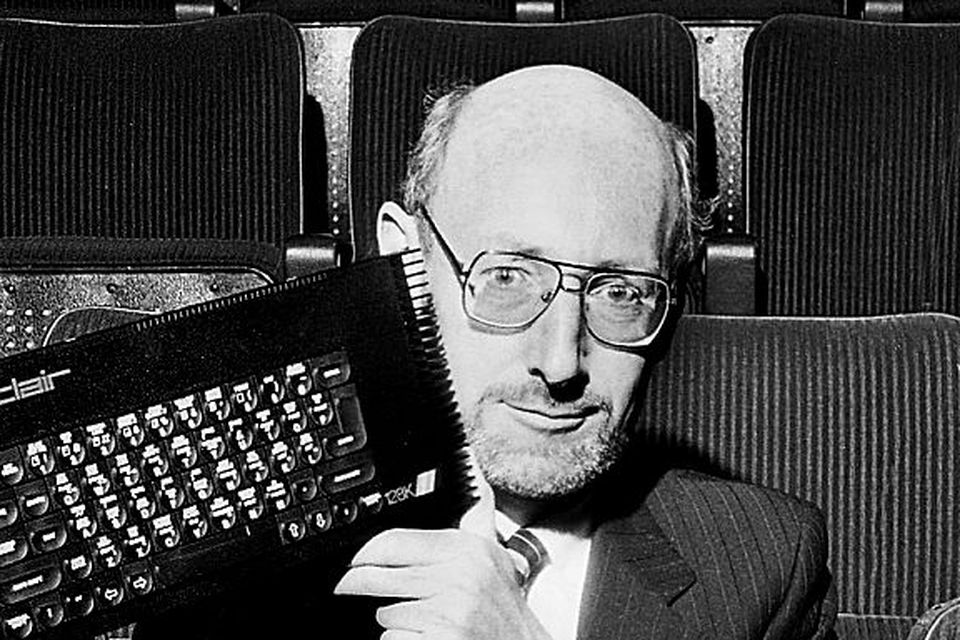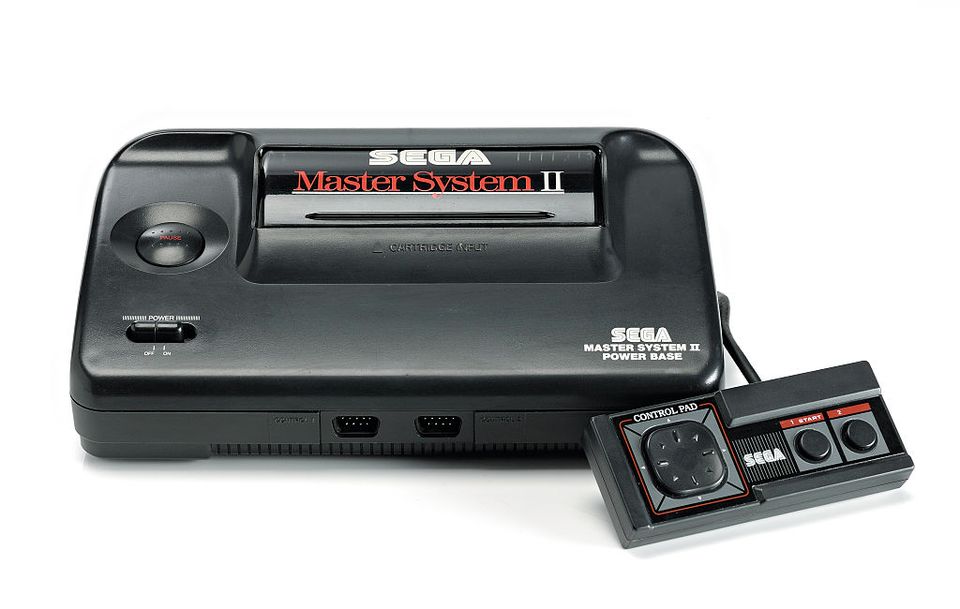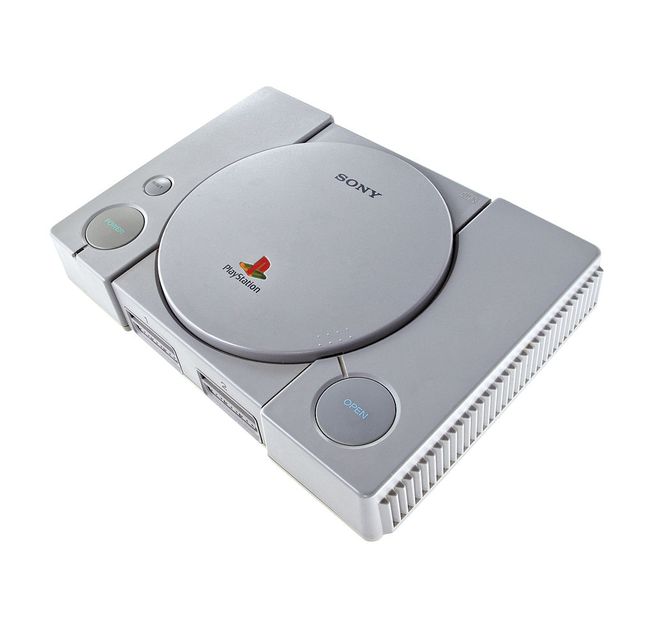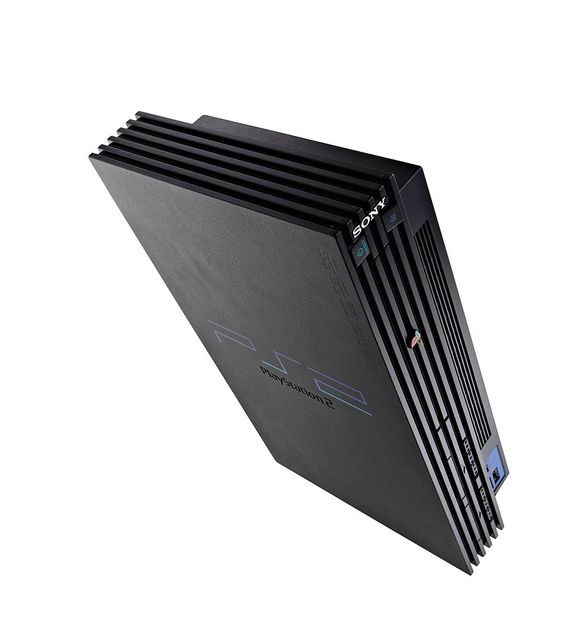The History of Gaming in Ireland I: The Systems that Made Us Gamers
From Atari 2600 to the Wii
Sinclair founder Sir Clive Sinclair holds up a Sinclair ZX Spectrum 128 home computer, United Kingdom, 1986. (Photo by Dick Barnatt/Getty Images)
For every million video game facts you read, around one or two apply to Ireland. Our relative poverty next to our neighbours and continental cousins slowed down our acceptance of newer console generations and made many an Irish child a hand-me-down gamer.
However, someone was buying them as otherwise I couldn’t have experienced the dizzying future-realism of N.O.M.A.D. on ZX Spectrum a mere eight years after Sinclair’s machine was introduced.
Here are a few of the systems you played at your wealthier cousin’s house or got after much collective sibling bargaining with Santy:
Atari 2600 (1977 worldwide, Ireland 1978)
For many, the 2600 is the ‘original’ console. People younger than the machine still recognise the wood panelling and iconic one-button joystick. While Pong-clones existed in this country, the 2600 was the first system with swappable cartridges offering more than electronic tennis
Atari 2600 controller
The games were primitive and the controllers as delicate as fine China but it seemed like the future and it was. While the North American video games market crashed in 1983, European Ataris still sold but ultimately fell to the home computer wave led by the ZX Spectrum.
Atari even made the 2600 here; a plant in Limerick churned out the console for the domestic and export markets. Ireland, despite the lack of disposable income floating about, had a market that fostered commercial interest as well as fueling our appetites.
ZX Spectrum (1982)
Dreamt up by technology visionary/awful businessman, Clive Sinclair, the Speccy was outrageously popular in Britain, Germany, Spain and (eventually) Ireland. The 8-bit machine was spartanly built but made up for that by being cheap. Legendarily cheap.
Sinclair founder Sir Clive Sinclair holds up a Sinclair ZX Spectrum 128 home computer, United Kingdom, 1986. (Photo by Dick Barnatt/Getty Images)
Fully-programmable with a coding manual in the box; the Spectrum was never meant to be a gaming machine. However, most just drew a circle and made an atonal monophonic ‘song’ to show their parents then proceeded to enjoy games on tape for a few punts a piece. The rest made games. Thousands of them, in fact. The ease with which the system could be coded thanks to its BASIC programming language was not lost on hobbyist video game programmers and aspiring amateurs alike.
Despite the ability to do anything a £2,000 PC or Mac could do for under 250 quid (albeit more slowly and much uglier), the ZX Spectrum was only ever really used to play or make games. While at the time, Clive Sinclair was quietly annoyed at the misuse of his most democratic of digital devices, he has recently endorsed several ZX Spectrum console remakes. It is heartening to see him finally come to terms with his pivotal role in European and World video games history.
Sega Master System (1987 European release)
While Japan and North America enjoyed the Nintendo Entertainment System, we had our attention stolen by ZX Spectrum and Commodore 64 home computers. By the time we were looking to upgrade, Nintendo’s extortionate £60 cartridges and £200 console scared potential customers away.
A Sega Master System video game console and controller photographed on a white background, taken on March 26, 2009. (Photo by Neil Godwin/GamesMaster Magazine via Getty Images)
As Sega launched the Master System in Europe in 1987, they were in trouble elsewhere. But luck, good business sense and marketing talent would be on their side, Master System games and consoles were half the price of Nintendo’s offering and were, arguably, technically superior. European, UK and Irish PR compared the systems to the aging home computers while Nintendo posited their machine as a toy, not a video games machine. Another card that Sega had was the relative popularity of arcades and the many single machines left in pub and takeaway corners. Sega sold the Master System as an ‘arcade’ in the home. Outrun, Afterburner and Shinobi were notable names that Sega wanted you to take home.
As soon as the brand was established, they offered consoles with everything. Children’s TV shows had it as prizes and expensive television sets had ones as sweeteners. UK and Irish breakfast lovers could even save up for a console with Rice Krispies - a kid has never read a cereal box that hard before or since.
Sega Mega Drive (1988)
Despite launching on our shores shortly after the Master System, the flashier 16-bit Mega Drive sold only moderately well at first. The price of the system and games when the country was less than flush with cash was a burden that slowly melted away as Sega’s cost-cut Mega Drive II came along and multi-game carts became a standard pack-in.
The Sega Mega Drive
Sega had learned a lot about the UK and Ireland by then and when the system reached critical mass (or price), it too became the standard children’s giveaway. The 16-bit machine eventually became an Irish favourite, eclipsing all else before it. The bizarre graphics and odd, jagged samba music of Italia ‘90/Sega Soccer (a multi-game staple) are something a generation of Irish people still bond over. Restarting that first race in Super Hang-On over and over to make the $200 race stipend to repair that pesky broken chassis is a memory that many 30-somethings would rather forget.
Sony PlayStation (1995)
While Sega had won local PR battles around these parts, they hadn’t a hope with the Saturn. Their 1995 effort was far more expensive than Sony’s debut and wasn’t nearly as ‘cool’ in a mainstream sense.
Portrait of a Sony PlayStation video game console photographed on a white background, taken on August 2, 2013. (Photo by Jesse Wild/Edge Magazine via Getty Images)
Sony poured cash into marketing the PlayStation as a mature system. Eschewing gameplay footage interspersed with screaming teens in favour of diverse adults with haircuts and the odd tattoo speaking abstractly. The ads were weird and sometimes unsettling but they worked.
Developers loved the PlayStation and delivered hit after hit for the 32-bit system, sweeping all else before it across the globe and establishing a foothold in every nook and cranny. Ireland was no exception, PlayStation was atop many a Santy list and slowly ate up all the video game space in Xtra Visions across the country. There were half a million PlayStations in Ireland by 2000, second only to Japan in per-head sales.
Sony thought that mascots weren’t appreciated by adults outside of Japan and never had an official one. Tomb Raider’s Lara Croft would end up a mascot of sorts as her image would sell Ericsson phones and Lucozade to Irish consumers.
Sony PlayStation 2 (2000)
With a PlayStation in what seemed like every home by the turn of the millennium, Sony were unstoppable. Ridiculous claims about the PS2's power before its release and a set of even more bizarre and cryptic advertisements whipped us into the same frenzy seen everywhere else. And we bought it by the thousands. At one point more Playstation 2s were sold here per-head than anywhere else on earth and the consoles found themselves in 47% of Irish households.
Portrait of a Sony PlayStation 2 video game console photographed on a white background, taken on August 2, 2013. (Photo by Jesse Wild/Edge Magazine via Getty Images)
The PS2 had a DVD player built-in and looked like the future (as seen in 1999), the Irish home had moved the console from the bedroom to the living room. And back to the bedroom again as soon as another DVD player was bought.
Grand Theft Auto III and Vice City PlayStation 2 discs were so common I could have sworn they were distributed by the Irish government, much like the iodine pills were.
The Rest is History
As the generation raised on Mega Drives matured, gaming had become so popular that queues formed for midnight AAA game releases in Irish cities, grandparents wanted Nintendo DSes with copies of Dr. Kawashima Brain Training and broadsheet newspapers organised gaming conventions.
By the time, the Wii found its way into every living room, the grown-ups in Ireland, like everywhere were truly in on the act. The proliferation of mobile games and their standardisation on android and iOS completed the democratisation of gaming.
At PlayersXpo, @RetroGamerIreland’s Naoise O’Hare will be displaying his impressive collection complete with old CRT television sets so you can relive the moments that made your gaming childhood.
Join the Irish Independent WhatsApp channel
Stay up to date with all the latest news



















